- GreenFeel
- Info
- 0 comments

In the dynamic landscape of the food industry, the packaging you choose is more than just a covering; it's a statement. Making the right call on what suits your business is pivotal. So, where do you start? Understanding the ins and outs of each packaging category is key. From the versatile plastic to the eco-friendly bagasse, the dependable cardboard to the heat-friendly foil, and the grease-resistant paper, each has its own story to tell.
Containers and boxes
Containers and boxes play a crucial role in the packaging of various food items. They come in different materials, each with its unique set of characteristics. Here's a brief overview of each:
Plastic containers and boxes
Plastic containers and boxes are widely used in the food industry due to their versatility. They're lightweight, durable, and come in various shapes and sizes. Plastic packaging is suitable for a wide range of food products, providing quality solutions for takeouts and delivery.
Important note* PET plastic is not suitable for hot food, instead, consider choosing PP options.
Pros:
- Versatile and suitable for various food types.
- Lightweight and durable.
- Suitable for hot, vet or oily foods. (Options with lids).
Cons:
- Environmental concerns related to plastic waste.
Cardboard Packaging
Cardboard packaging is a classic choice for food packaging. They are sturdy, usually eco-friendly, and can be customised with branding. Options that are lined with PE (polyethene) provide a leak-proof experience and are usually used for packaging foods containing oil or dressings. Unlined options can be used for foods that are grease-free or consumed quickly.
Pros:
- Environmentally friendly, recyclable or compostable.
- Great for food services that offer food on the go.
- Customisible for branding and marketing.
- Suitable for wet and oily foods (PE-lined options).
Cons:
- Limited insulation properties.
- Not that good for deliveries.
Bagasse Packaging
Bagasse packaging, made from sugarcane fibres, is an excellent eco-friendly alternative. It is compostable and biodegradable, making it a sustainable choice for businesses.
Pros:
- Environmentally friendly and sustainable.
- Compostable and biodegradable.
- Suitable for a variety of food items.
Cons:
- May not be as sturdy as plastic or cardboard.
- Limited heat resistance.
- Many of them do not offer leak-proof closable mechanisms.
Foil Containers & Trays
Foil containers and trays are popular for their excellent heat retention properties, making them suitable for hot and baked foods. They are also effective in preserving the freshness of certain items.
Pros:
- Excellent heat retention for hot foods.
- Effective barrier against light and oxygen.
- Suitable for both cooking and delivery.
Cons:
- Not environmentally friendly.
Paper (sauce pots like souffle with waxed paper)
Paper containers, especially those with a wax coating, are ideal for packing sauces, soufflés, and similar items. They provide a grease-resistant and eco-friendly solution.
Pros:
- Grease-resistant.
- Eco-friendly and biodegradable.
- Suitable for sampling bites.
Cons:
- No major cons.
Conclusion
By weighing the pros and cons, food service businesses can make informed decisions, ensuring that their chosen food packaging aligns seamlessly with the essence of their products and the expectations of their consumers. Remember, it's not just about wrapping; it's about creating an experience that reflects your dedication to quality, sustainability, and professionalism.

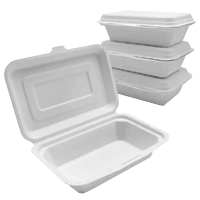
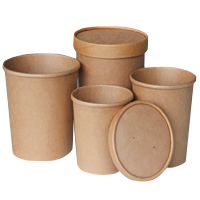










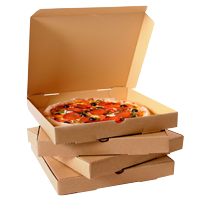
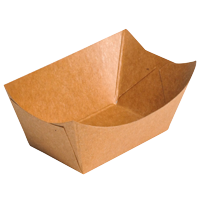
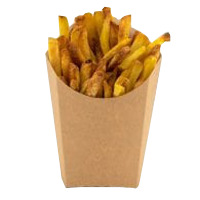
































Comments (0)